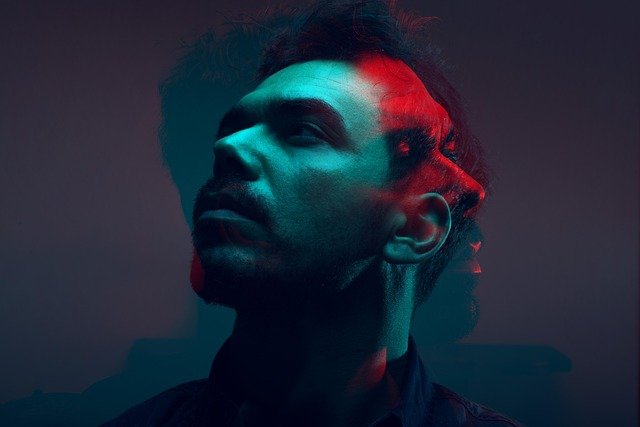Budgeting Considerations for International Photo Projects
Managing costs for international photo projects requires balancing creative needs with logistics, equipment, and local regulations. This article outlines core budgeting categories—travel and permits, crew and equipment, post-production, and delivery specs—so planners and photographers can make clearer financial decisions when working across borders.

International photo projects bring creative opportunity and logistical complexity, and budgeting is often the decisive factor that determines scope and quality. Costs extend beyond day rates: travel, permits, insurance, equipment transport, local hires, retouching, and delivery specifications such as resolution and colorgrading can all add up. Planning early, breaking the project into predictable line items, and building contingency for unexpected fees will reduce risk and keep creative goals achievable.
portrait and commercial: what affects costs?
Portrait and commercial work commonly differ in scale. A single portrait session may require minimal crew and a short studio rental, while a commercial campaign typically involves concept development, talent fees, location scouting, and a production team. Cost drivers include model and talent licensing, agency involvement, usage rights for commercial distribution, and whether the shoot requires specialized lighting or high-resolution capture. International shoots add currency variation and potential VAT or local tax considerations that should be factored into quotes.
editorial and event: scheduling and logistics
Editorial assignments and event coverage often emphasize speed and adaptability. Editorial shoots for magazines can require fast turnaround, editorial rights negotiation, and travel to specific locations, whereas event photography can demand longer hours, multiple shooters, and rapid editing. Logistics such as visas, local labor laws, event permits, and transport to venues influence daily rates. Allow extra time and budget for contingencies like schedule shifts, customs delays for equipment, and last-minute staffing changes.
product and retouching: prep and post
Product photography and retouching budgets are driven by volume and consistency. Product shoots need controlled lighting, precise composition, and clear resolution targets to meet e-commerce or catalog specifications. Retouching rates vary by complexity—from basic background removal to advanced colorgrading and compositing. When planning internationally, consider whether retouching will be handled in-house, by a local studio, or outsourced to specialized providers; each choice affects turnaround time, communication overhead, and per-image costs.
lighting and composition: equipment and crew
Lighting and composition choices influence crew size and equipment needs. Continuous lighting may be simpler for location shoots, while high-end strobes and grip equipment are common in studio or commercial shoots. Bringing specialized gear across borders can incur excess baggage fees or customs paperwork; hiring locally reduces transport costs but may require testing and calibration for color consistency. Include budget for a lighting assistant, grip gear, spare batteries, and loaders who can manage data at high resolution to protect assets.
studio, location, and drone: permits and travel
Studio rental, location fees, and drone operation each need specific budget lines. Studio time is usually hourly and varies by market; remote locations may require transport and accommodation for crew. Drone flights often require permits, licensed pilots, and insurance—rules vary widely by country and even by city. Factor in permit application lead times, location fees, and potential restrictions that could alter shot lists. Local services can reduce travel costs but may require vetting to ensure technical standards match your portfolio requirements.
workflow, resolution, colorgrading, and portfolio
Delivery specs drive post-production workflow. High-resolution captures increase storage and data-transfer needs, affecting hard drive and cloud costs and often lengthening retouching time. Colorgrading for editorial or commercial consistency may require calibrated monitors and specialist colorists. Maintaining a portfolio of representative work is important for pitching international clients; allocate time and budget for preparing client-ready proofs and usage documentation. Below is a general pricing guide with real providers and typical cost ranges to illustrate common benchmarks.
| Product/Service | Provider | Cost Estimation |
|---|---|---|
| Freelance portrait/commercial session (local hire) | Upwork / Fiverr freelancers | $150–$1,500 per session depending on market and usage |
| Commercial assignment and branded content | Shutterstock Custom / Getty Images assignment services | $2,000–$20,000+ depending on scope and usage rights |
| Product retouching (per image) | Pixelz (retouching services) | $0.50–$10 per image depending on complexity |
| Drone aerial shoot | DroneBase (pilot network) | $150–$800 per shoot depending on location and deliverables |
| Event photography package | Snappr / local event photographers | $300–$2,000 per event depending on duration and deliverables |
| Studio rental | Peerspace (studio rental platform) | $25–$200 per hour depending on city and amenities |
Prices, rates, or cost estimates mentioned in this article are based on the latest available information but may change over time. Independent research is advised before making financial decisions.
Final budgeting should combine line-item clarity with contingency—typically 10–20%—to accommodate exchange rate swings, permit delays, or additional retouching rounds. Document usage rights, deliverable resolution requirements, and accepted color profiles early so post-production costs are predictable. With thoughtful allocation for travel, crew, equipment, and post work such as retouching and colorgrading, international projects can be executed within controlled budgets while meeting creative goals.






